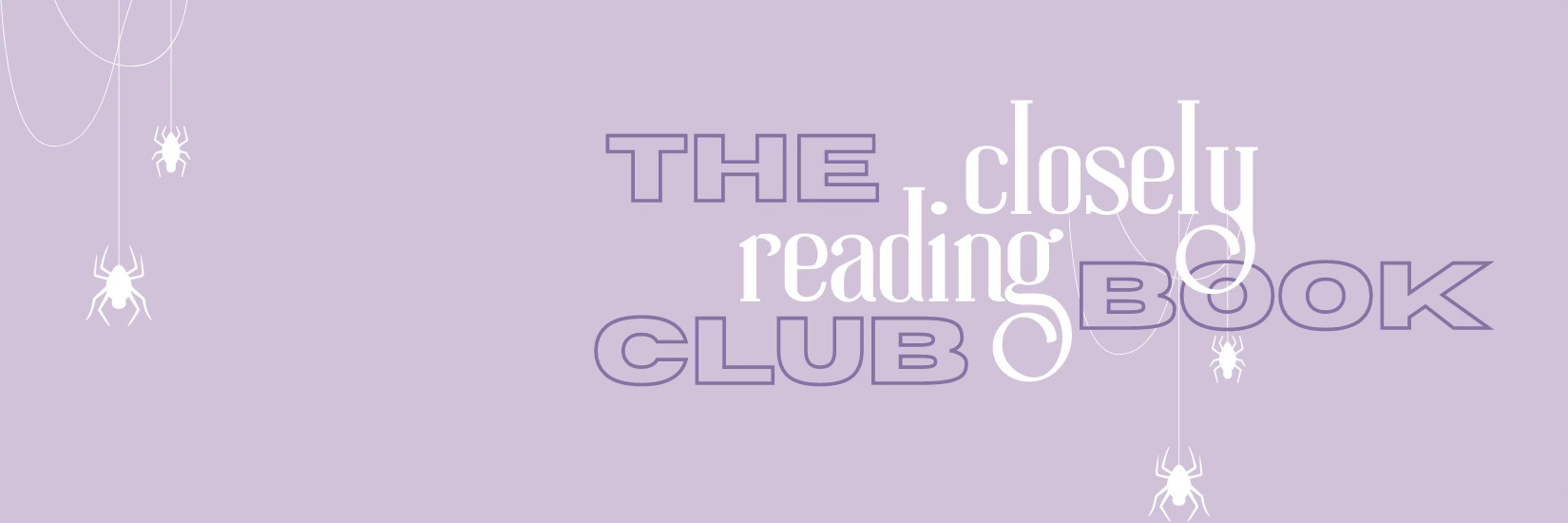Reading "The Yellow Wall-Paper"
what to watch for as you read Charlotte Perkins Gilman's classic short story of madness and marriage
Keep reading with a 7-day free trial
Subscribe to Closely Reading to keep reading this post and get 7 days of free access to the full post archives.





